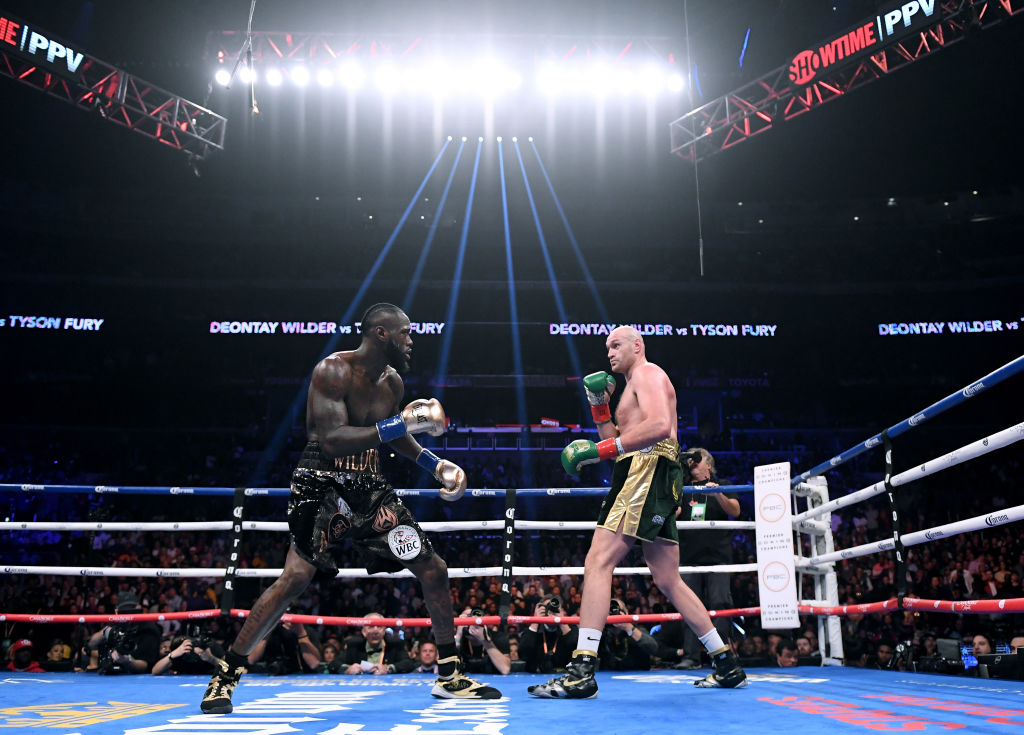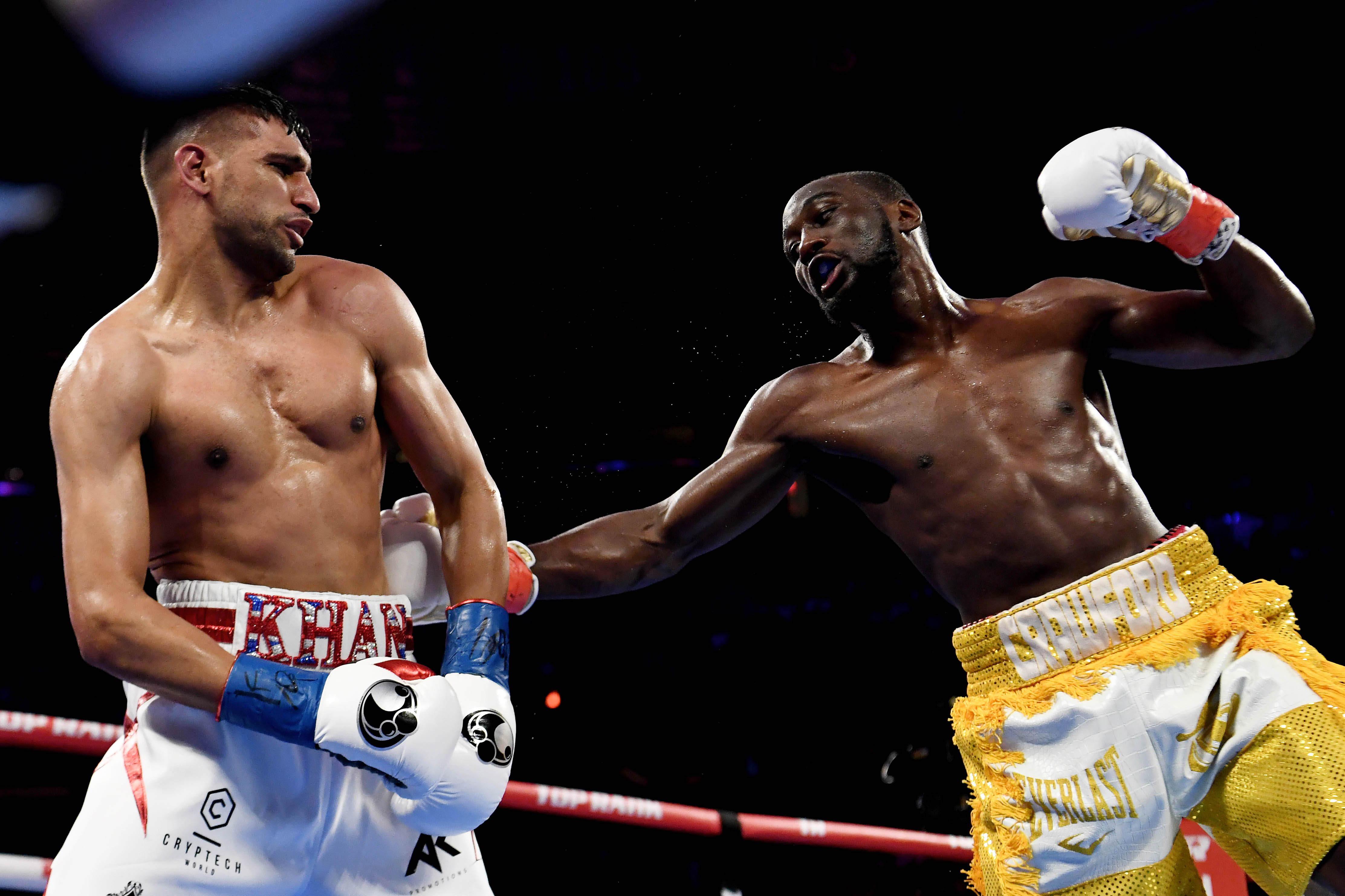
Boxing's early days looked nothing like the sport does today, including its confusing and hard to remember division designations that incrementally increase from 105 pounds to 201 pounds and up.
Back in the day, weights didn't really matter when making a fight. Guys just slugged it out without any mind paid to size differentials. That changed starting in 1890s when the Marquess of Queensberry Rules instituted universal regulations for the sport. Roughly 20 years later, eight traditional weight-classes with specific limits debuted thanks to the National Sporting Club of London—heavyweight, cruiserweight, middleweight, welterweight, lightweight, featherweight, bantamweight, and flyweight.
The weight limits have fluctuated for some of the divisions over the years (or centuries) since history books will tell you that the heavyweight limit used to be 160 pounds as far back as the 1730s. Athletes have grown considerably since the 18th century and so have the number of divisions in boxing—the sport now features 17 weight classes. Adding to the confusion of many casual fans, three of the four sanctioning bodies (WBC, WBA, IBF) agreed to standardized division designations in 2015 while one (WBO) continues to do things differently.
So keeping all that in mind, we're offering up a breakdown of boxing's divisions—a little history mixed in with a snapshot as they stand in the first quarter of 2020.
Heavyweight (201 lbs and up)

Cruiserweight (200 lbs limit)

Light Heavyweight (175 lbs limit)

Super Middleweight (168 lbs limit)

Middleweight (160 lbs limit)

Super Welterweight (154 lbs limit)

Welterweight (147 lbs limit)

Super Lightweight (140 lbs limit)

Lightweight (135 lbs limit)

Super Featherweight (130 pound limit)

Featherweight (126 pound limit)

Super Bantamweight (122 pound limit)

Bantamweight (118 pound limit)

Super Flyweight (115 pound limit)

Flyweight (112 pound limit)

Junior Flyweight (108 pound limit)

Minimum Weight (105 pound limit)


